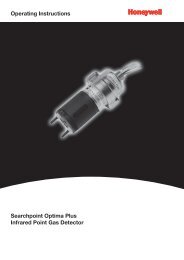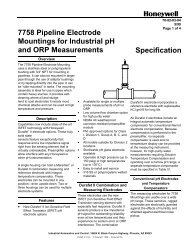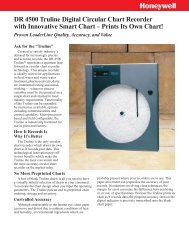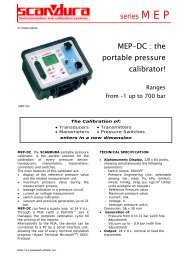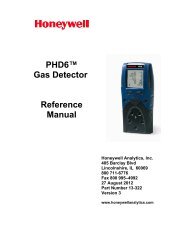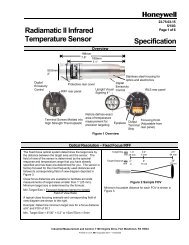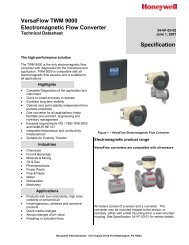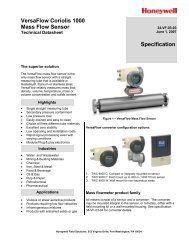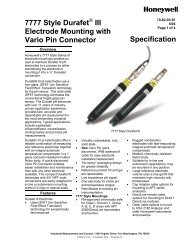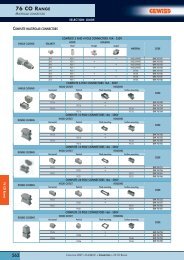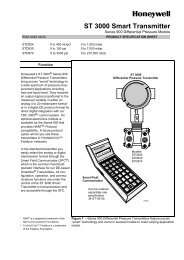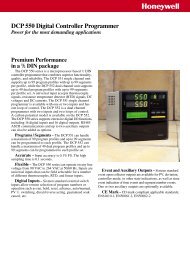Technical Manual Series 3000 MkII Gas Detector - Merkantile
Technical Manual Series 3000 MkII Gas Detector - Merkantile
Technical Manual Series 3000 MkII Gas Detector - Merkantile
Create successful ePaper yourself
Turn your PDF publications into a flip-book with our unique Google optimized e-Paper software.
SERIES <strong>3000</strong> MKII TECHNICAL MANUAL<br />
S3KMKIIMAN_MAN0878_Issue 1_01-10<br />
14.2 <strong>Detector</strong> operational life<br />
Typical life of a toxic gas sensor is dependant on the application, frequency and<br />
amount of gas exposure. Under normal conditions (3 monthly visual inspection and 6<br />
monthly test/re-calibration) the toxic sensor has an expected life equal to or greater<br />
than the lifetime as listed below:<br />
18 months for chlorine and chlorine dioxide sensors.<br />
12 months for ammonia sensor. (See note below).<br />
24 months for oxygen and other toxic sensors.<br />
Refer to section 15 for sensor replacement procedures.<br />
Caution: Oxygen deficient atmospheres (less than 6%V/V) may result in<br />
inaccuracy of reading and performance.<br />
Note: Ammonia electrochemical cells are reliable and suitable for applications where<br />
no background concentration of ammonia exists. Under these conditions the cells are<br />
expected to operate for 12 to 24 months.<br />
These ammonia cells are of the consumptive type. Their operating life can be<br />
adversely affected by continuous or excessive exposure to ammonia, or by<br />
prolonged exposure to high temperatures and moisture.<br />
To ensure continued detection availability it is recommended that the detectors are<br />
regularly bump tested and a relevant cell replacement program be implemented.<br />
28



